Resolution 71 of the Politburo on breakthroughs in education and training development sets out the task of modernizing and upgrading higher education, creating breakthroughs in developing highly qualified human resources and talents, and leading research and innovation.
In which, arranging, restructuring and merging higher education institutions is one of the key solutions.
At the 2025 Higher Education Conference, Minister of Education and Training Nguyen Kim Son affirmed that this major restructuring of educational institutions is an order.
This is the opportunity, the time, the moment for higher education to make a breakthrough. "If we do not seize the opportunity, seize the power, it means we are at fault," the head of the education sector emphasized.
Before the revolution in university arrangement and merger, Dan Tri Newspaper organized a series of articles with the theme: "The great arrangement of universities: A historical turning point for breakthrough development".
The series of articles is a panoramic picture of the orientation of arranging, restructuring and merging universities in Vietnam, in which leading experts will participate in debating and clarifying breakthrough development opportunities for higher education and challenges that need to be jointly resolved so that the higher education revolution can reach its destination in accordance with the spirit of Resolution 71.
2026 will be the first enrollment season after the largest restructuring of public universities in history. According to Minister Nguyen Kim Son, about 140 institutions are facing the option of merging, drastically reducing the number of focal points. This is a necessary step to improve the quality and efficiency of the system.
As Dr. Nguyen Duc Nghia - Former Vice President of Ho Chi Minh City National University - commented, the rearrangement, merger and restructuring of the university education system is not to help expand the development scale of current public schools.
The policy of merging and restructuring the university education system is an urgent requirement, stemming from the objective demands of the domestic and international socio-economic development context on optimizing national resources, improving quality and international competitiveness.
This is a mandate of the integration era, meeting the requirements of the labor market in the digital age.
The merger of universities will significantly impact the enrollment picture in 2026, from changes in quotas, major codes, enrollment methods to tuition fees... According to experts, careful preparation of transition policies is needed to prevent risks for candidates.

Competition ratio and floor scores may increase in many industries
MSc. Nguyen Thanh Hung - Head of Admissions and Communications Department, Pacific University - commented that the time frame for arranging public universities is very narrow. Therefore, without a comprehensive plan, the 2026 admissions period may encounter many difficulties.
Mr. Nguyen Thanh Hung proposed looking at three main channels of influence on candidates.
The first channel is the benchmark motivation. When a weak school joins a strong school, the brand increases, leading to increased demand, increased competition, and the benchmark can move up. This effect is beneficial for input quality, but will disrupt the expectations of the group of candidates who "aim" at the majors at the old institution.
An unforeseen benchmark shock will easily create confusion, leading to scattered registration, mismatched majors, and increased dropout risk.

MSc. Nguyen Thanh Hung - Head of Admissions and Communications Department, Pacific University (Photo: NVCC).
According to Mr. Nguyen Thanh Hung, immediately after the merger, each school should announce the list of majors and the expected standard score range according to each method, emphasizing that this is reference information for candidates to consider their study plans early.
The second channel is tuition fees and preferential policies. If a non-autonomous institution joins an autonomous school, tuition fees can increase significantly, especially in groups of majors with high training costs.
Mr. Nguyen Thanh Hung also noted that the recent administrative unit arrangement requires the determination of priority areas to be reviewed and updated, to avoid the case where students studying in the old commune in the priority area lose their bonus points when the boundaries are merged without a transition period.
The Ministry of Education and Training has requested the Departments to review, revise and update priority area data in 2025. This is the foundation for more equitable application in 2026 for affected candidate courses.
“I think we should maintain the rule of “retaining benefits according to learning history” for students who studied in priority areas before the boundary arrangement,” Mr. Nguyen Thanh Hung proposed.
In the third channel, the Head of Admissions and Communications, Pacific University, raised the geographical factor and access cost. When a local campus is merged into a large urban school, if the old campus is not maintained, the travel distance increases, the cost of living increases, and the opportunity cost increases, especially for poor students or those in remote areas.
These costs are not shown in the tuition schedule but determine the admission of many students.
Therefore, according to him, along with the merger decision, the locality and school need to soon announce the facilities that will continue to organize training, dormitory plans, buses, scholarships and travel support for students in the affected area.

Students of Ho Chi Minh City University of Technical Education (Photo: Hoai Nam).
Predicting the enrollment picture in 2026, MSc. Pham Thai Son, Director of Admissions at Ho Chi Minh City University of Industry and Trade, said that enrollment work will become more focused because the merger will form "strong" universities, with large scale, gather more resources and increase brand.
Mr. Pham Thai Son also predicted that competition in terms of quality and input will increase significantly. Universities after the merger may increase the minimum score and increase the admission criteria in many attractive majors. Majors that are difficult to enter will still be difficult, and some majors that were not difficult before will now become more difficult to enter.
In addition, after the merger, chaos in admission information may occur, making it easy for candidates and parents to be confused about school names, major codes, and 2026 enrollment targets. Therefore, if information is not clearly announced, schools can easily lose candidates.
In particular, the Admissions Director of the Ho Chi Minh City University of Industry and Trade warned about the regional impact after the merger. Local students may lose their “easy way” if the local university is merged. However, at the same time, they will also have the opportunity to access better programs if that university really becomes stronger.
Sharing the same view, Dr. Nguyen Quoc Anh - Vice Principal of Ho Chi Minh City University of Technology - predicted that the enrollment market in 2026 will fluctuate strongly. Merging and renaming public schools can easily lead to information confusion. Non-public schools should proactively establish specialized enrollment information centers to promptly update and answer questions for parents and candidates.
In the admission scenario, according to Dr. Nguyen Quoc Anh, the consideration of academic records should be tightened or eliminated. The weight of admission should be shifted to independent assessment channels such as high school exam scores, industry-specific competency assessments, structured interviews and international certificates. The publication of the score sheet and transparent assessment process will help parents and candidates feel secure and ensure fairness.
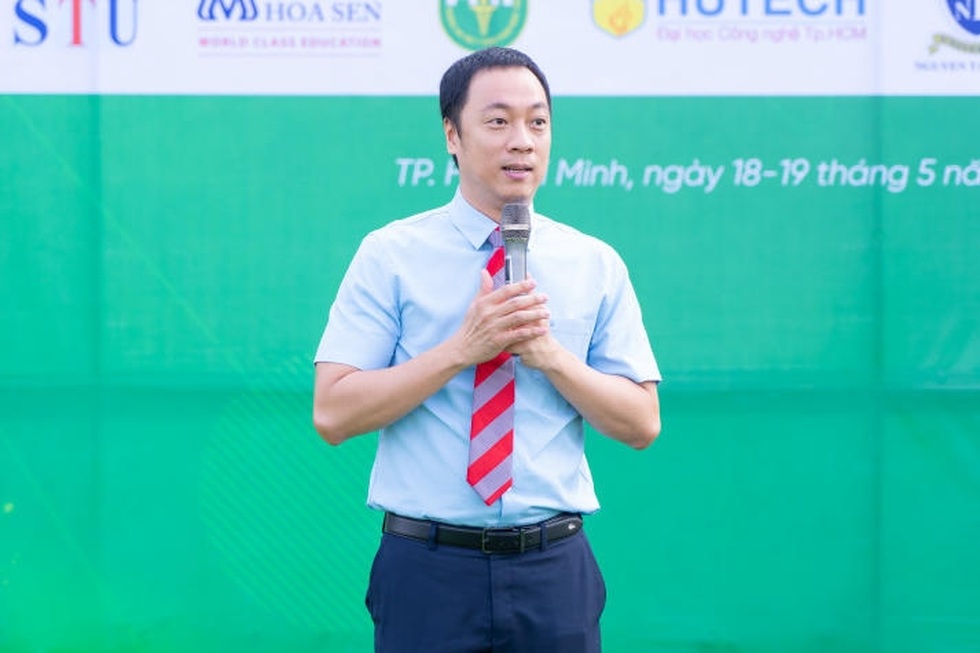
Dr. Nguyen Quoc Anh - Vice Rector of Ho Chi Minh City University of Technology (Photo: NVCC).
In the long term, to maintain a competitive advantage, non-public schools need to invest in evidence of “output value”: graduate employment index, starting salary, paid internship rate. These data not only create persuasiveness in communication, but also serve as a “trust gauge” to compete equally with the public sector after restructuring.
Dr. Nguyen Quoc Anh affirmed that restructuring the public sector has opened up a window of opportunity for the non-public sector in terms of human resources, enrollment and training products, while also setting new competitive standards in terms of quality, transparency and output efficiency. Any school that quickly shifts from “declarations” to data and commitment to evidence will maintain its position in the volatile market period from 2026.
Don't let students "give up halfway"
One of the issues that most students are concerned about today is how learning will take place after the merger, what disruptions will there be. Dr. Pham Hiep - Director of the Institute for Educational Research and Knowledge Transfer, Thanh Do University; Member of the Science and Training Council, University of Education, Vietnam National University, Hanoi - expressed his opinion: "The school's initial commitment to students must be implemented as such, the system must ensure that."
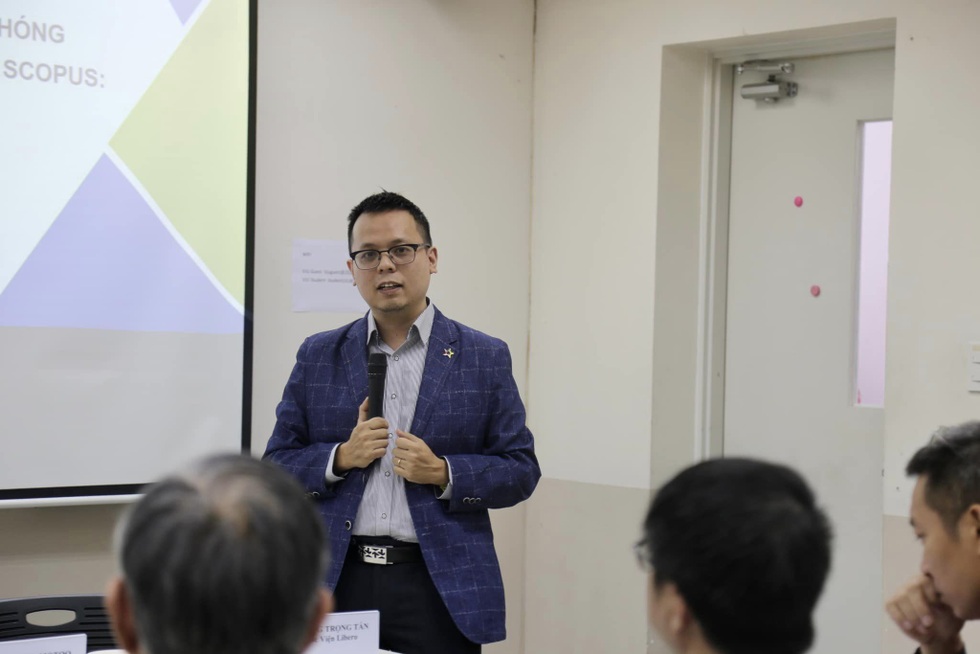
Dr. Pham Hiep (Photo: NVCC).
According to Dr. Pham Hiep, university mergers are not like provincial mergers, requiring a flexible, unified and consistent mechanism. If there is a disruption, the situation will be no different from the situation where students travel from Vietnam to a foreign country by boat, but in the middle of the sea, they are forced to take a train.
Dr. Pham Hiep cited the way France arranged and merged universities in 2013. There were schools that merged into super universities, but after 10 years, only a few schools were able to organically merge.
“My old school is the University of Paris-Saclay in France. In 2013 they merged. 6 years later, in 2019, they organically merged the member schools.
I think the managers will have a scenario, but I think the best thing to do initially is to merge mechanically and have a large university model "overlapping" the subsidiary universities. Then the merger process will have buffers to gradually integrate organically.
According to my understanding, the early organic mergers were due to the model of a parent school embracing a smaller school, or a strong school pushing a weak school. Thus, the merger will be planned and implemented gradually, not suddenly,” said Dr. Pham Hiep.
In order to minimize the risk of unfairness for both new candidates and students studying at schools that are being reorganized and merged, MSc. Nguyen Thanh Hung gives some policy suggestions at the system level.
He proposed the need to publish a “transition map” for each province. Accordingly, as soon as the merger decision is made, the Ministry and localities will publicly announce the training address, expected quota, admission method, expected tuition adjustment, dormitory policy, scholarships, and travel support for candidates in affected areas; and update periodically every month until candidates register for actual admission.
According to Mr. Nguyen Thanh Hung, applying the 2026-2028 transition policy package is also very important to stabilize the actual tuition fees for students admitted and studying at the old campus (the merged school) throughout the course or increase according to a fixed ceiling.
At the same time, the school should continue to apply the priority points based on learning history for classes studied in the old area; expand scholarships based on needs with simple criteria to offset increased living expenses. These policies should have a co-funding mechanism between the local budget, training facilities and businesses in the area.
On the other hand, schools need to announce early forecasts of benchmark scores and targets according to scenarios, along with accountability if benchmark scores differ too much from the announced forecasts.
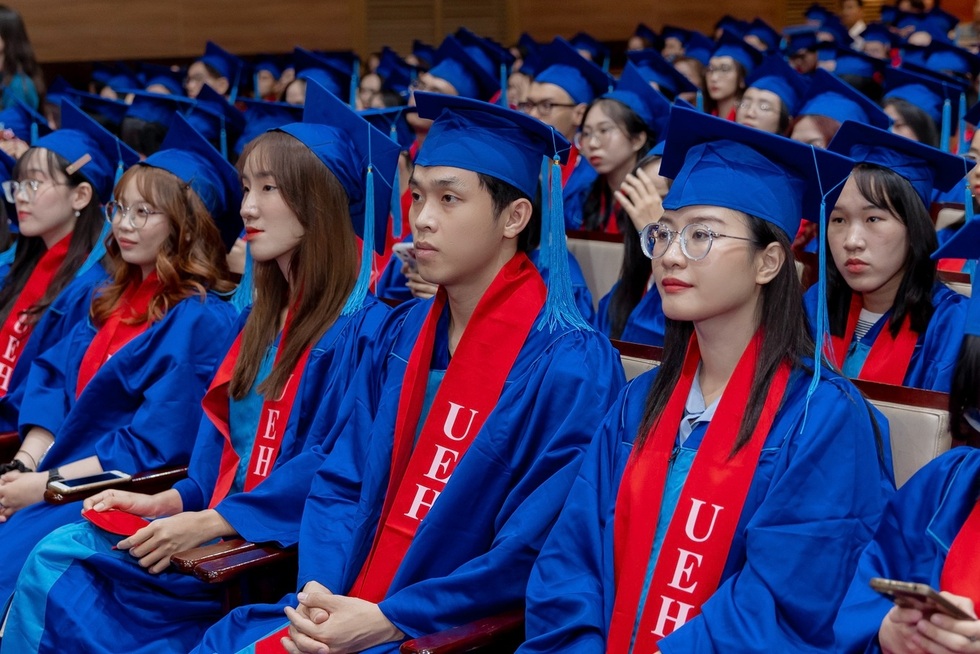
University students at graduation ceremony (Photo: Hoai Nam).
According to Mr. Nguyen Thanh Hung, this is not a “hard commitment” but a transparent obligation, helping candidates to plan. When there is enough information, the registration trend will be less emotional, reducing the risk of dropping out of the first year.
In addition, when merging, some training majors at local facilities may temporarily stop recruiting. Therefore, schools need to announce early "transition directions" to related majors, flexible credit recognition, and partially funded difference compensation courses. The goal is not to interrupt students' university dreams just because of changes in the supply structure.
Finally, Mr. Nguyen Thanh Hung recommended that accountability should be linked to open data.
Information from schools on the level of meeting the standards in Circular 01/2024, from the number of PhD lecturers to employment rates, should be fully connected to HEMIS (the higher education database system of the Ministry of Education and Training) and published as open data for the press, parents and candidates to follow. When learners see quality indicators along the merger roadmap, trust will be strengthened.
“In the long term, mergers are an opportunity to redesign the network according to regional development needs. Instead of every facility in the province having to become a comprehensive university, we can choose a number of specialized training centers associated with local advantages such as tourism, agricultural technology, logistics, healthcare, and applied artificial intelligence.
The remainder will be transformed into satellite facilities with the mission of providing short-term training that closely meets business needs, reduces access costs for learners in remote areas, and retains young local workers.
Ultimately, it is the responsibility of regulators to mitigate “policy shocks.” We are reworking an old structure, and inevitably some groups are more vulnerable.
With the right transition policies, early announcements, data transparency, and close monitoring, 2026 will be a safer and fairer admissions season.
At that time, the "great restructuring" will not only solve the problem of system efficiency, but also raise social expectations for a quality and reliable university education," said Master Nguyen Thanh Hung.
Part 1: University arrangement is an order and strategy for breakthrough
Part 2: University arrangements must ensure no interruption in students' studies
Part 3: University mergers: Ending the consequences of "hot" development, opportunities for private schools
Part 4: University merger: Must sacrifice personal interests, accept pain once
Part 5: University merger: Will all weak schools be dissolved?
Source: https://dantri.com.vn/giao-duc/canh-cong-vao-dai-hoc-nam-2026-co-hep-lai-sau-cuoc-dai-sap-xep-20250929000818617.htm


![[Photo] Hanoi morning of October 1: Prolonged flooding, people wade to work](https://vphoto.vietnam.vn/thumb/1200x675/vietnam/resource/IMAGE/2025/10/1/189be28938e3493fa26b2938efa2059e)

![[Photo] Keep your warehouse safe in all situations](https://vphoto.vietnam.vn/thumb/1200x675/vietnam/resource/IMAGE/2025/10/1/3eb4eceafe68497989865e7faa4e4d0e)

![[Photo] President of the Cuban National Assembly visits President Ho Chi Minh's Mausoleum](https://vphoto.vietnam.vn/thumb/1200x675/vietnam/resource/IMAGE/2025/10/1/39f1142310fc4dae9e3de4fcc9ac2ed0)

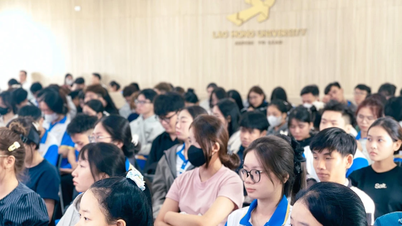



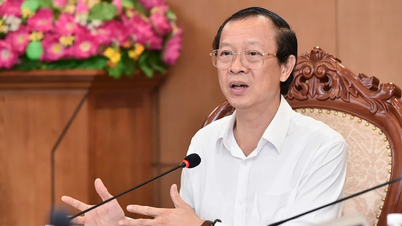
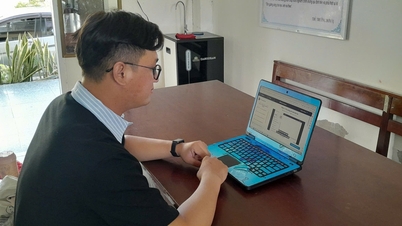






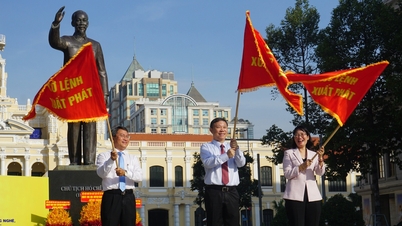


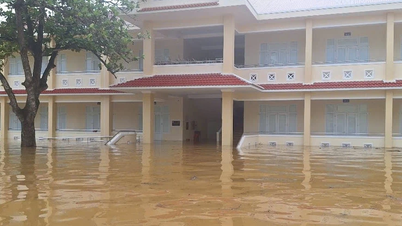







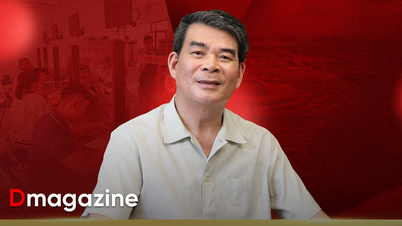


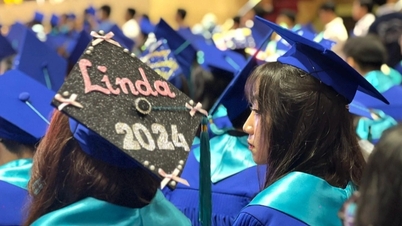






































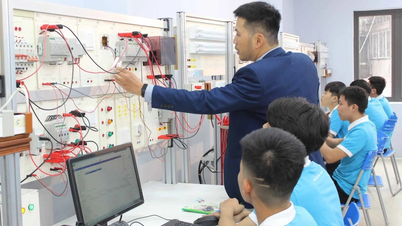



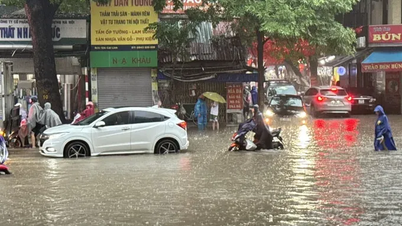
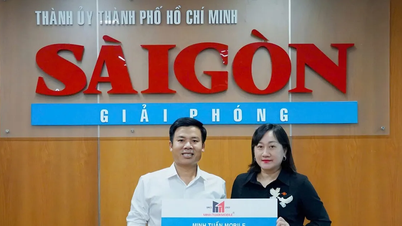
















Comment (0)